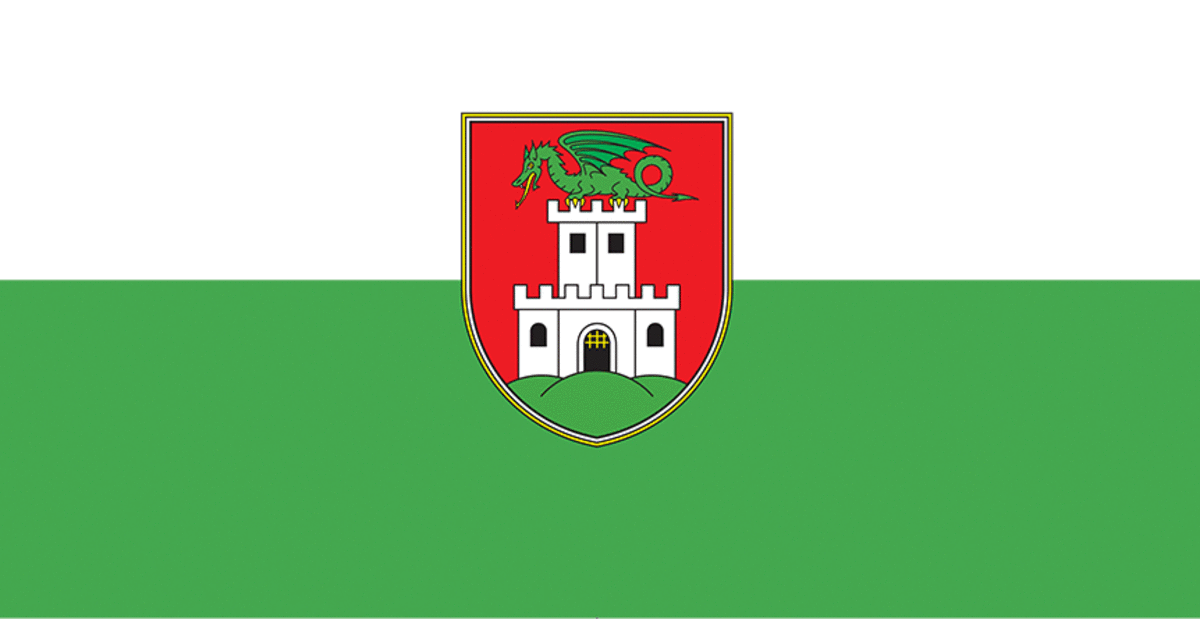The Ljubljana dragon is part of the City of Ljubljana’s coat of arms. It symbolises strength, courage and might. It is depicted on the Dragon Bridge and on top of the castle tower on Ljubljana’s coat of arms.
The Ljubljana dragon may have its origins in the legend of Jason and the Argonauts. Once upon a time, Greek hero Jason and his Argonaut comrades stole a golden fleece, the coat of a golden ram, from the King of Colchis on the Black Sea. On board the Argo they fled their pursuers and found themselves at the mouth of the River Danube instead of going south towards the Aegean Sea and their Greek homeland. There was no way back, so they went on, up the Danube and then along the River Ljubljanica. They had to stop at the source of the Ljubljanica and overwintered here. They then took the Argo apart and in the spring carried it on their shoulders to the Adriatic coast, where they put it back together again and went on their way. According to the legend, on their arrival between what is now Vrhnika and Ljubljana, the Argonauts came across a large lake with a marsh alongside. Here lived a terrible marsh dragon that Jason killed after a heroic struggle. The monster would have been the Ljubljana dragon. It is said that Jason should have been the first real Ljubljana citizen.
There are two more realistic versions of the dragon story. According to the first, it was taken from St George, the patron saint of the castle chapel. On frescoes and statues George is often seen standing or riding while killing the dragon with a spear. The dragon in the legends of St George represents the ancient ancestral beliefs that the new Semitic religion – Christianity – defeated. Castle Hill was in ancient times a sacred place, where the bearers of a culture of cremation funerals had a stronghold and worshipped their god. When in the Middle Ages the foundations of today’s castle were put down, they also wanted to symbolically overcome the ancient beliefs, so they also dedicated the castle chapel to St George. Alternatively, in Slavic mythology the dragon represents the god Veles, opponent of the supreme thunder god Perun, the highest of the Slavic gods. In the Slavic religion, Perun was usually worshipped on a hill; Veles lower down, usually near a market place.
The first explanation is related to the second, that the dragon evolved from the decoration on the medieval city coat of arms that initially represented just the city walls or gates. The small animal, a decorative addition above the coat of arms, moved into the coat of arms in the Baroque period with the emergence of the tower and other symbolism in the 19th and especially the 20th centuries. The dragon was used as part of the coat of arms on numerous buildings owned by the city, and after the Second World War was used by various companies, from labels on beer bottles to the name of a torch factory or as a prize for achievements in fashion. It was even used on the packet of the well-known Ljubljana cigarettes Filter 57.




